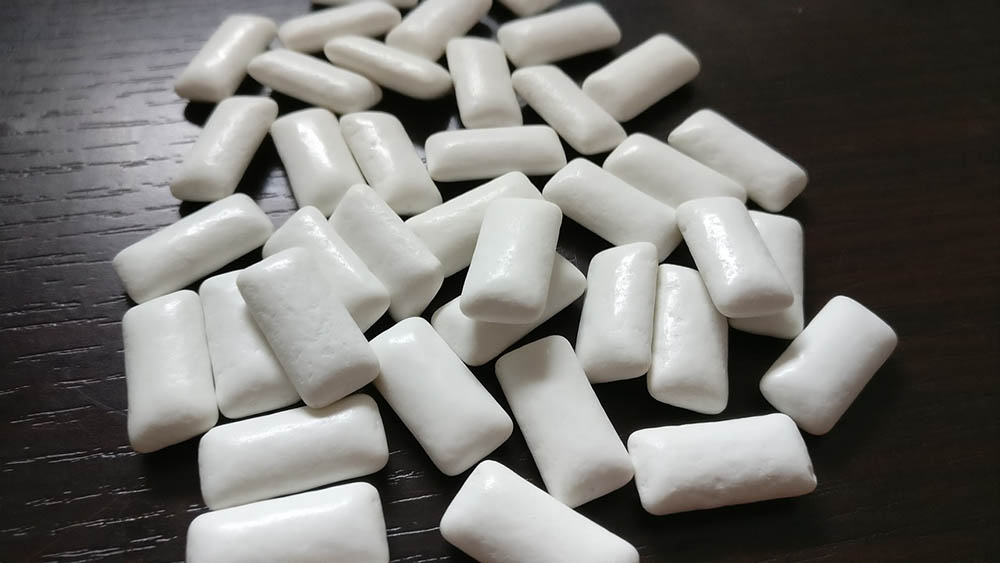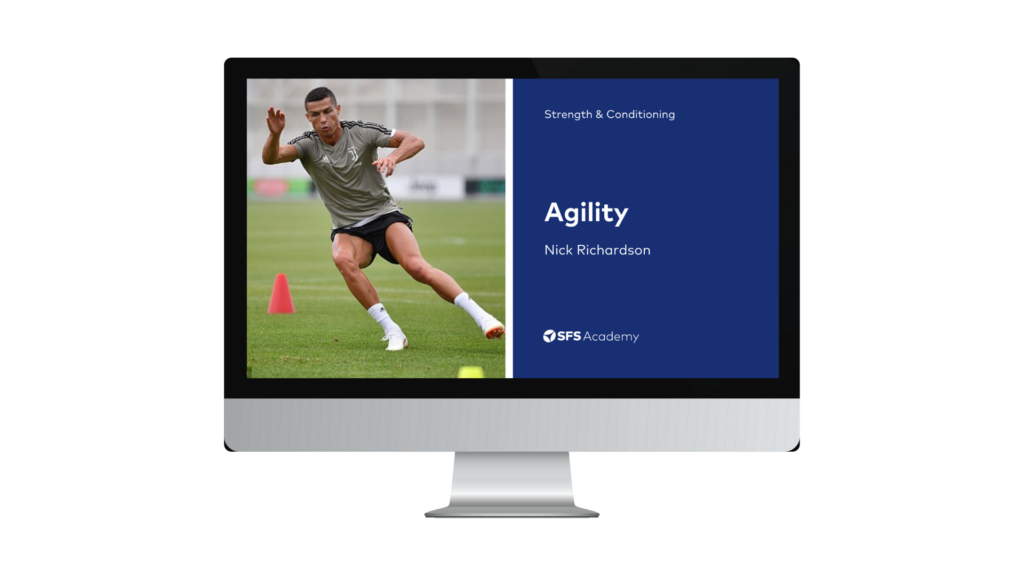This week in the world of sports science, here’s what happened…
- Caffeine chewing gum vs caffeine capsules
- Will sweat testing soon be a staple in the world of football?
- Why is the Tour de France becoming significantly faster?
Caffeine chewing gum vs caffeine capsules

A recent study demonstrated favourable outcomes associated with caffeine chewing gum. Participants in the study underwent a one-repetition maximum (1RM) test for both the bench press and back squat. Additionally, muscular power was assessed at 25%, 50%, 75%, and 90% of their respective bench press and back squat 1RMs. Before testing, participants consumed either caffeine chewing gum, caffeine capsules, or a placebo.
The results indicated that caffeine, regardless of whether administered via chewing gum or capsules, significantly enhanced participants’ bench press and back squat 1RM as well as muscular power, in comparison to the placebo. However, the ingestion of caffeine capsules was associated with a significantly higher incidence of gastrointestinal discomfort among participants.
This study underscores that caffeine chewing gum can be equally effective as caffeine capsules in promoting muscular strength and power, while also offering the advantage of fewer side effects.
If you would like to learn more about caffeine, check out our detailed course (here).
Will sweat testing soon be a staple in the world of football?

RCD Espanyol, a Spanish football club, has recently become the first European football club to link up with hDrop. hDrop is marketed as the world’s most accurate wearable sweat sensor and stands as the sole fully reusable sweat sensor currently available on the market. This technology provides real-time measurements of sweat, sodium, and potassium loss.
It is anticipated that RCD Espanyol will utilise hDrop during training sessions to effectively monitor players’ sweat and electrolyte loss. This approach will enable the sports science staff to customise individual hydration and electrolyte replacement strategies for each player.
Initial research has demonstrated that hDrop achieves an accuracy rate of 92% in measuring sweat loss and 87% in measuring sodium loss. Independent validation studies are currently in progress, with peer-reviewed results expected later this year.
It will be interesting to see whether more football clubs will follow RCD Espanyol’s lead and if hDrop will become standard practice among various football organisations in the near future. Watch this space!
If you would like to learn more about hydration testing and strategies, check out our blog, Hydration Testing (here) and course, Hydration (here).
Why is the Tour de France becoming significantly faster?

With the conclusion of another Tour de France, it’s evident that race speeds have significantly increased over the past five years. A recent article by Patrick Fletcher in Cycling News highlights the factors driving this transformation.
Fletcher discusses how advancements in bicycle technology have improved aerodynamic efficiency. Modern bike tires are now wider at 28mm and have lower pressure than before, resulting in improved grip for cyclists. The adoption of disc brakes also enables faster and safer cornering. Bike changes such as narrower handlebars and tucked brake levers help further minimise drag.
Improvements extend to riders’ gear, with helmets, shoes, sunglasses, and clothing designed for aerodynamics and weight reduction. Advanced materials in cycling apparel optimise airflow and comfort, moving beyond the Lycra of the early 2000s. Aerodynamic considerations now influence cyclists’ equipment and riding positions, with skinsuits becoming standard in road racing.
Fletcher also highlights changes in dietary practices among cyclists, noting that they now consume approximately 120 grams of carbohydrates per hour during events, compared to the standard of 60 grams per hour a decade ago. Additionally, he discusses other influencing factors such as route design, weather conditions, training strategies, and overall lifestyle. Sadly, he addresses rumours of undetected doping, which cannot be overlooked given the sport’s troubled history.
This article is definitely worth a read!
From us this week:
>> New course: Profiling ACL Injuries
>> New podcast: Carbs, Gels & Behaviour Change: The Real Science of Sports Fueling with Ted Munson
>> New infographic: Power
>> New article: Hydrotherapy
Access to a growing library of sports science courses
SFS Academy is an all-access membership to premium sports science education.
With SFS Academy, you’ll learn from some of the best coaches around the world as they teach you how to apply the latest research and practice with your athletes.



